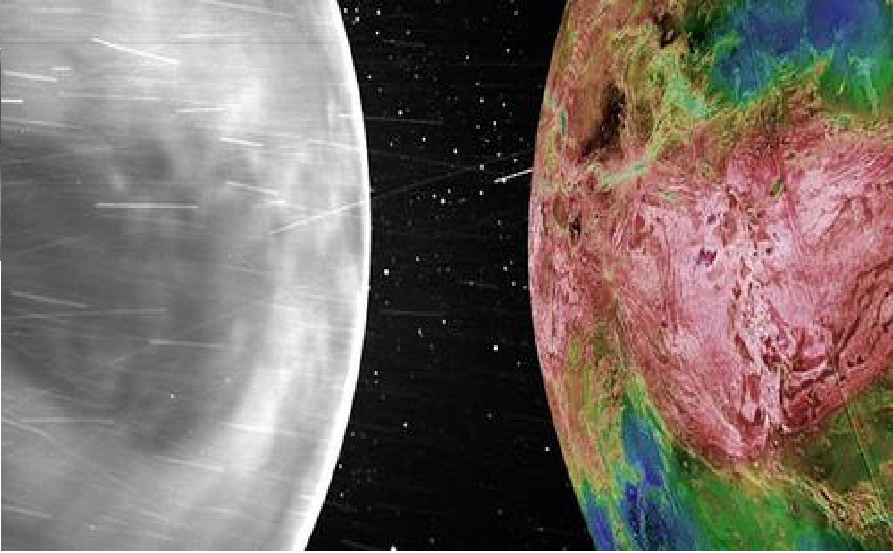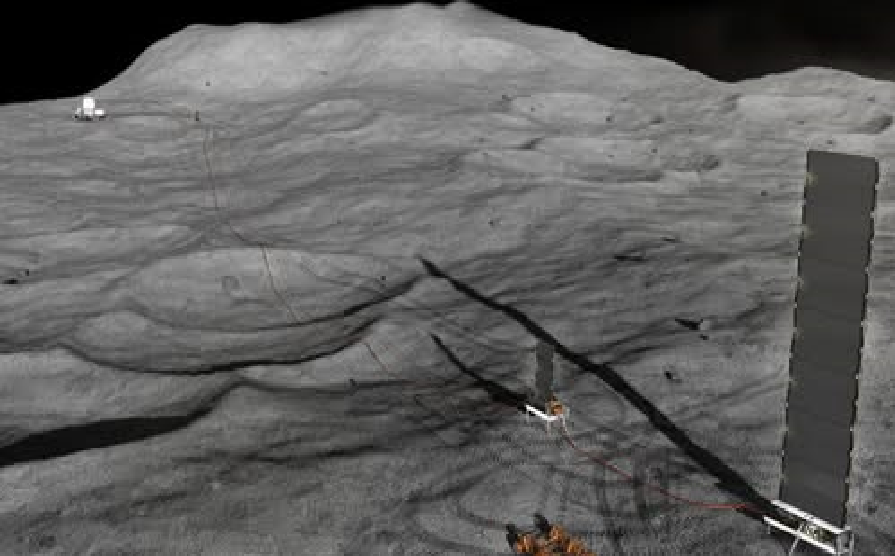6 Galaxies Trapped In The Web Of An Ancient Supermassive Black Hole
A black hole 1 billion times the Sun’s mass sits at the center of this galactic web. Key Takeaways _________ A Cosmic Web Ensnaring Six Galaxies Astronomers using the European Southern Observatory’s Very Large Telescope (VLT) have discovered six galaxies clustered around a supermassive black hole in the early universe. These galaxies, collectively known as […]
6 Galaxies Trapped In The Web Of An Ancient Supermassive Black Hole Read More »









